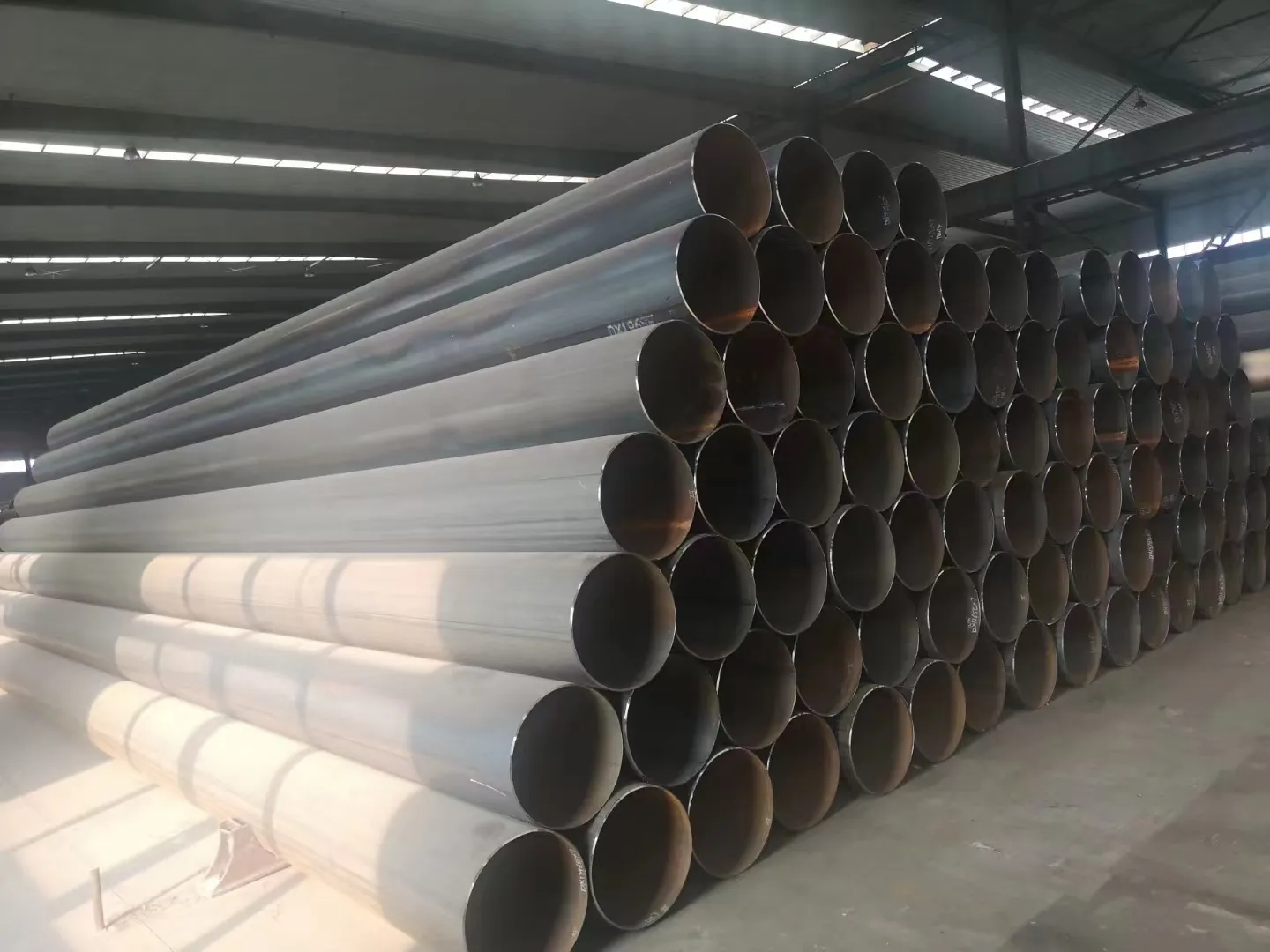-
Cangzhou Yulong Steel Co., Ltd.
-
Phone:
+86 13303177267 -
Email:
admin@ylsteelfittings.com
- English
- Arabic
- Italian
- Spanish
- Portuguese
- German
- kazakh
- Persian
- Greek
- French
- Russian
- Polish
- Thai
- Indonesian
- Vietnamese
- Zulu
- Korean
- Uzbek
- Hindi
- Serbian
- Malay
- Ukrainian
- Gujarati
- Haitian Creole
- hausa
- hawaiian
- Hebrew
- Miao
- Hungarian
- Icelandic
- igbo
- irish
- Japanese
- Javanese
- Kannada
- Khmer
- Rwandese
- Afrikaans
- Albanian
- Amharic
- Armenian
- Azerbaijani
- Basque
- Belarusian
- Bengali
- Bosnian
- Bulgarian
- Catalan
- Cebuano
- China
- China (Taiwan)
- Corsican
- Croatian
- Czech
- Danish
- Esperanto
- Estonian
- Finnish
- Frisian
- Galician
- Georgian
- Kurdish
- Kyrgyz
- Lao
- Latin
- Latvian
- Lithuanian
- Luxembourgish
- Macedonian
- Malgashi
- Malayalam
- Maltese
- Maori
- Marathi
- Mongolian
- Myanmar
- Nepali
- Norwegian
- Norwegian
- Occitan
- Pashto
- Dutch
- Punjabi
- Romanian
- Samoan
- Scottish Gaelic
- Sesotho
- Shona
- Sindhi
- Sinhala
- Slovak
- Slovenian
- Somali
- Sundanese
- Swahili
- Swedish
- Tagalog
- Tajik
- Tamil
- Tatar
- Telugu
- Turkish
- Turkmen
- Urdu
- Uighur
- Welsh
- Bantu
- Yiddish
- Yoruba

Nov . 24, 2024 22:33 Back to list
High-Pressure ANSI Flange Specifications and Applications for Industrial Use
Understanding 300% ANSI Flanges An Overview
Flanges are essential components in piping systems, used to connect pipes, valves, and other equipment. Among various standards for flanges, ANSI (American National Standards Institute) flanges have gained wide acceptance due to their compatibility and reliability in the industrial sector. In this article, we will delve into 300% ANSI flanges, exploring their specifications, applications, and advantages.
What is ANSI?
ANSI is a private, non-profit organization that oversees the development of voluntary consensus standards for products, services, processes, and systems in the United States. ANSI standards aim to ensure safety, reliability, and efficiency in both manufacturing and operational processes. The ANSI flange standard details the dimensions, tolerances, and materials required for various flange types used in piping systems.
Understanding the 300% Rating
The term 300% in the context of ANSI flanges typically refers to the pressure class rating—specifically, the ANSI/ASME B16.5 standard for flanges. Flanges are categorized by pressure classes that denote the maximum allowable working pressure each flange can handle at a specified temperature. For ANSI flanges, common pressure classes include 150, 300, 600, and so on.
When discussing 300% ANSI flanges, it generally refers to flanges rated for a pressure class of 300. This means that these flanges are designed to withstand a maximum pressure of 300 psi (pounds per square inch) at a reference temperature of 100°F. As temperatures increase, the allowable pressure rating decreases due to material properties and the potential effects of thermal expansion.
Specifications of 300 ANSI Flanges
ANSI 300 flanges are designed with specific dimensions and material properties governed by the relevant ANSI standards. They come in various shapes, including slip-on, weld neck, threaded, and blind flanges, each serving different applications. Common materials for ANSI 300 flanges include carbon steel, alloy steel, stainless steel, and, occasionally, plastic and other composites.
The dimensions of ANSI 300 flanges, including the diameter and thickness of the flange and the bolt hole configurations, are standardized. For example, the typical flange thickness for a 300 flange can vary based on the nominal pipe size but generally ranges from approximately 0.375 inches (for smaller sizes) to over 1 inch (for larger sizes).
300 ansi flange

Applications of ANSI 300 Flanges
ANSI 300 flanges are widely used across various industries, including oil and gas, chemical processing, water treatment, and power generation. They play a crucial role in high-pressure applications where the strength and durability of the flange are paramount. In particular, ANSI 300 flanges are commonly employed in systems handling steam, gases, and liquids under varying temperatures and pressures.
These flanges are suitable for environments where leak prevention and safety are critical, making them a preferred choice for both infrastructure and manufacturing plants. The reliability of ANSI 300 flanges ensures smooth operation, minimizing downtime and maintenance costs.
Advantages of Using ANSI 300 Flanges
One of the notable advantages of using ANSI 300 flanges is their compatibility with various piping systems and components adhering to the same ANSI standards. This universality simplifies installation, maintenance, and replacement processes, significantly reducing project timelines.
Furthermore, the robust construction of ANSI 300 flanges allows them to maintain integrity under high-pressure conditions, making them ideal for hazardous and demanding environments. The standardization of dimensions also leads to improved interchangeability, meaning that replacement flanges can be sourced readily from different manufacturers.
Additionally, the availability of ANSI 300 flanges in a range of materials provides flexibility for engineers and designers to select the appropriate flange type for their specific application needs, whether it be corrosion resistance, heat resistance, or cost-effectiveness.
Conclusion
In conclusion, ANSI 300 flanges play a crucial role in ensuring the safety and efficiency of piping systems across numerous industries. Their standardized dimensions, high-pressure ratings, and compatibility with various materials make them a reliable choice for engineers and manufacturers alike. As industrial systems continue to evolve and demand more stringent safety measures, the importance of standards like ANSI in the manufacturing of flanges will remain paramount. Understanding these components helps ensure that they are utilized effectively, contributing to the overall integrity of fluid and gas transportation systems.
Latest news
-
ANSI 150P SS304 SO FLANGE
NewsFeb.14,2025
-
ASTM A333GR6 STEEL PIPE
NewsJan.20,2025
-
ANSI B16.5 WELDING NECK FLANGE
NewsJan.15,2026
-
ANSI B16.5 SLIP-ON FLANGE
NewsApr.19,2024
-
SABS 1123 FLANGE
NewsJan.15,2025
-
DIN86044 PLATE FLANGE
NewsApr.19,2024
-
DIN2527 BLIND FLANGE
NewsApr.12,2024
-
JIS B2311 Butt-Welding Fittings LR/SR 45°/90° /180°Seamless/Weld
NewsApr.23,2024











